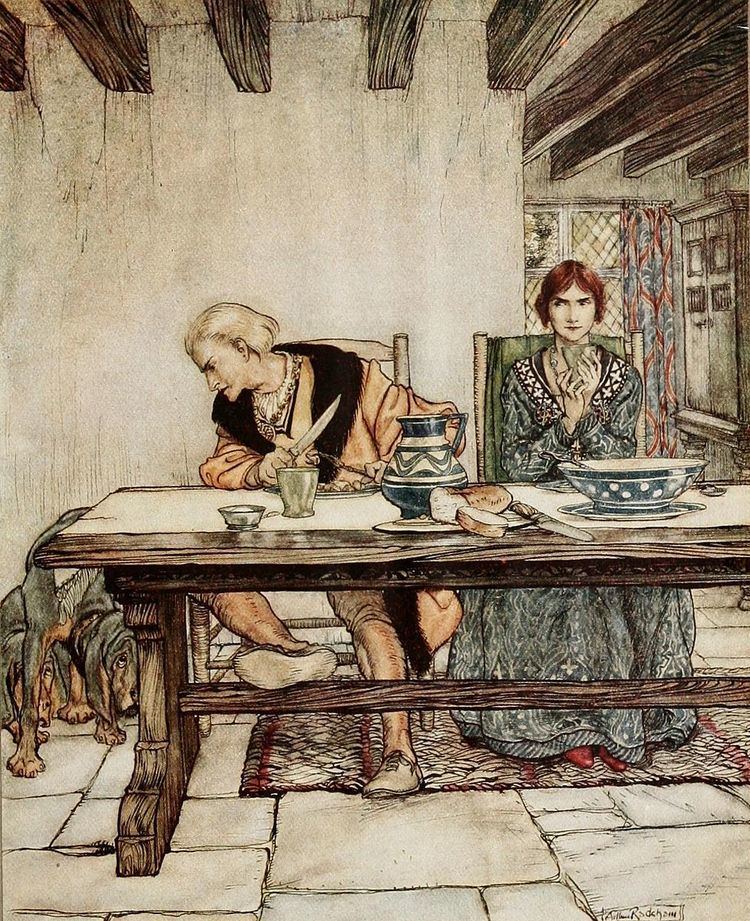 | ||
Written 17th century (earliest known) Genre | ||
"Lord Randall", or "Lord Randal", (Roud 10, Child 12) is an Anglo-Scottish border ballad consisting of dialogue between a young Lord and his mother. Similar ballads can be found across Europe in many languages, including Danish, German, Magyar, Irish, Swedish, and Wendish. Italian variants are usually titled "L'avvelenato" ("The Poisoned Man") or "Il testamento dell'avvelenato" ("The Poisoned Man's Will"), the earliest known version being a 1629 setting by Camillo il Bianchino, in Verona.
Contents
Synopsis
Lord Randall returns home to his mother after visiting his lover. Through the mother's inquiry, it is gradually revealed that the Lord has been poisoned by his lover. The song usually includes details of Lord Randall wishes for his possessions.
Cultural uses
The English fiction writer Dorothy L. Sayers used a phrase from some variants for the title Strong Poison, a 1930 murder mystery about a man apparently murdered by his lover. In 1962, Bob Dylan modeled his song "A Hard Rain's A-Gonna Fall" on "Lord Randall," introducing each verse with variants of the introductory lines to each verse of "Lord Randall." Dylan's ballad is often interpreted as a reaction to the Cuban Missile Crisis. Dylan himself disclaimed this as an oversimplification; actually, Dylan first publicly performed the song a month before the crisis.
The song "Pictures in a Mirror" from the album I Looked Up by the Incredible String Band, mentions Lord Randall.
The nursery rhyme "Billy Boy" borrows the verse structure and the narrative format about a suitor visiting his lover, with a happier ending.
The poem is repeatedly alluded to in the novel The Catcher in the Rye by J. D. Salinger.
In the novel Sweet Thursday by John Steinbeck, the character Mack quotes the recurring phrase of the poem while lying defeated in his bed.
A Boy Scout campfire version of this song is "Green and Yellow" (alternatively rendered "Green and Yeller"). A mother is interrogating her son who "[has] got to be sick" and who requests that she "lay [him] down to die". He tells her that he has been in the woods "eating eels" that are revealed to have actually been poisonous snakes, which kill him. This version was frequently heard in English folk clubs in the 1960s, the music and words published by Spin Magazine in 1968. The notes said author Ron Gould remembered the song from his childhood in London's East End.
